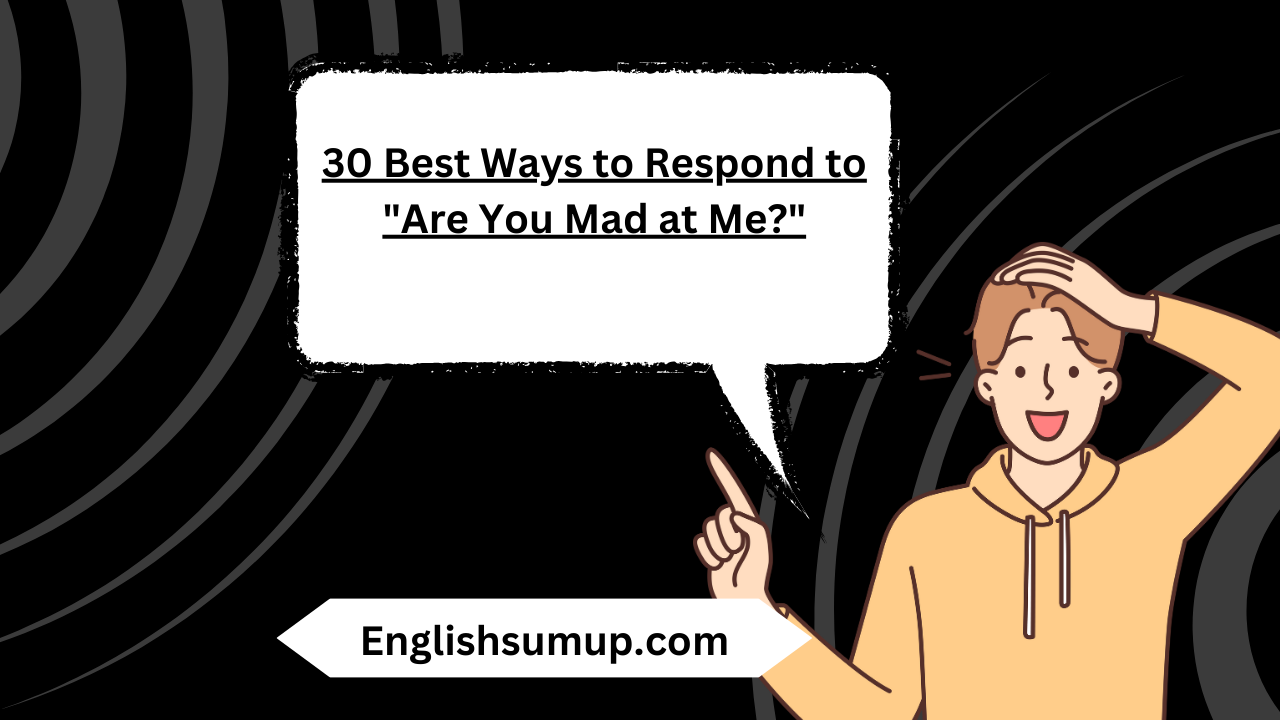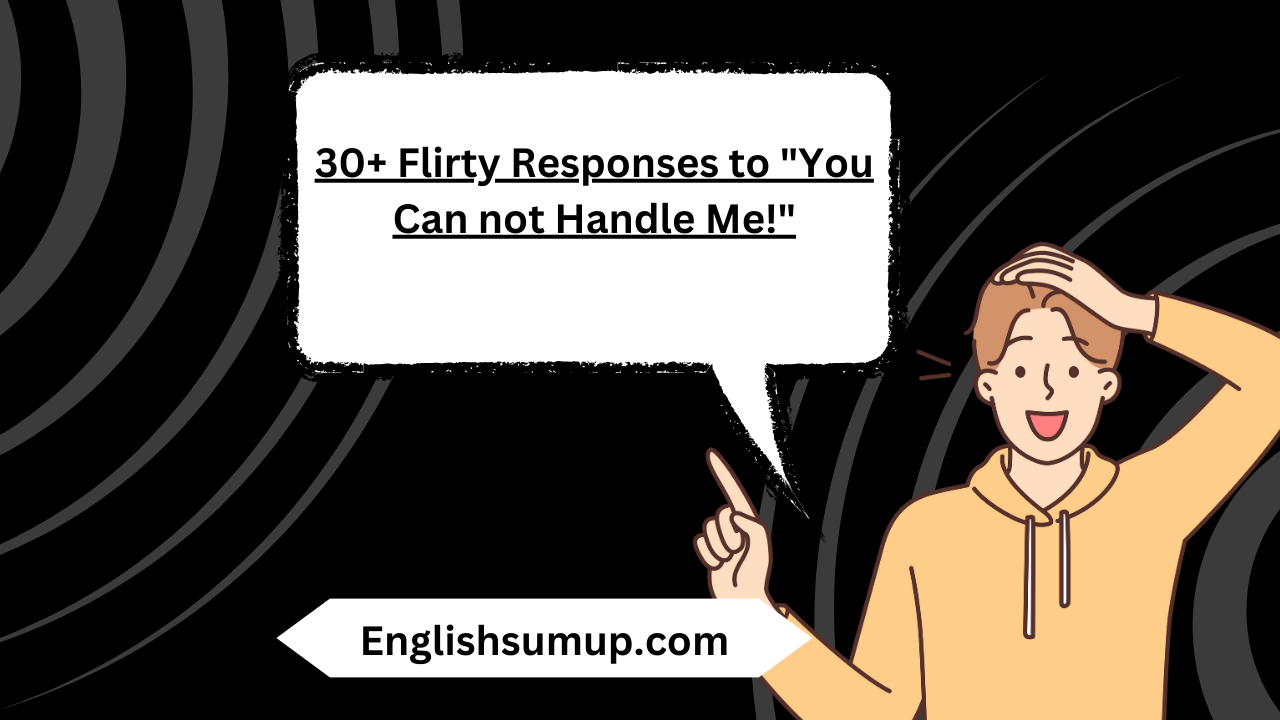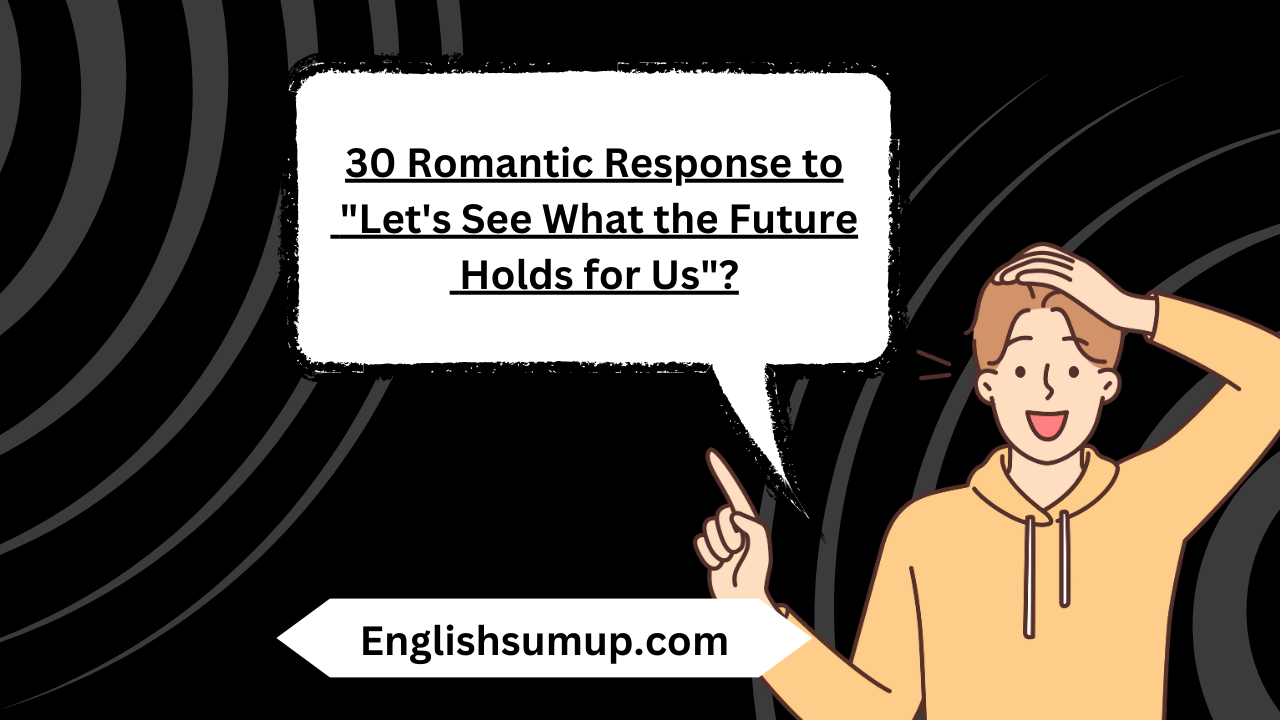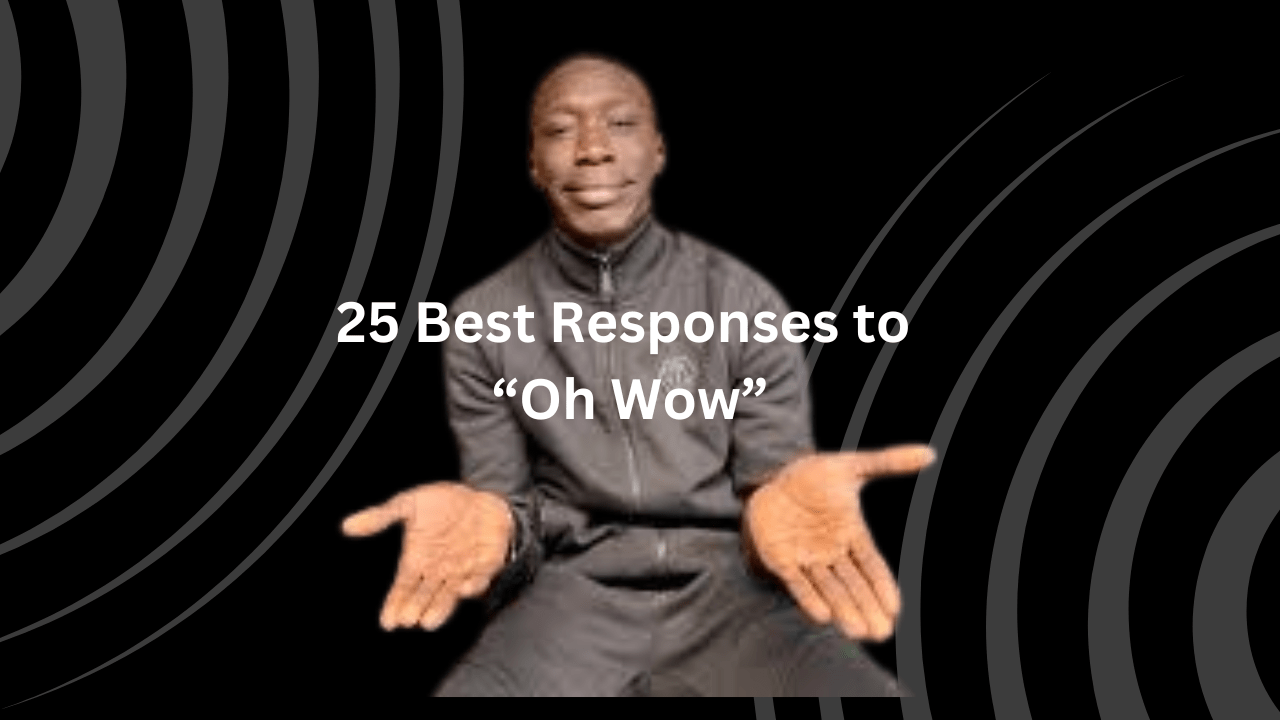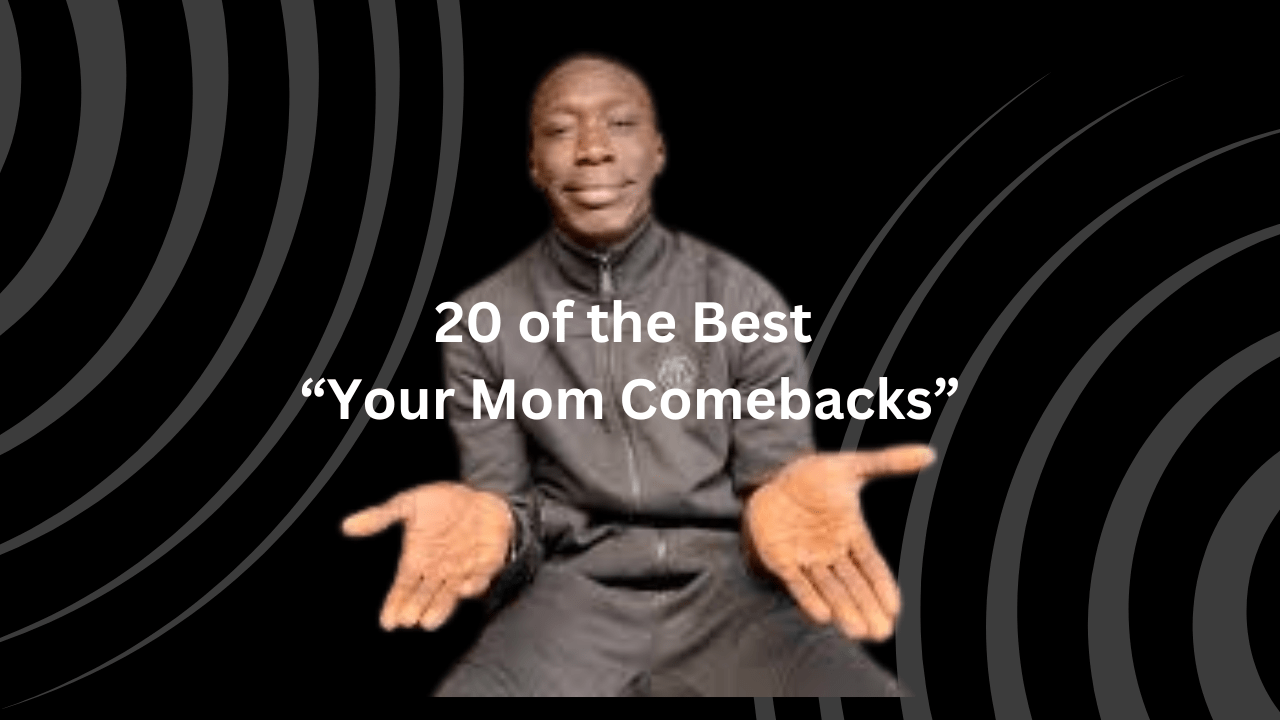In today’s fast-paced world of instant communication, it’s not uncommon to receive a text asking, “Are you mad at me?” Such a message can catch us off guard, leaving us unsure of how to respond. Whether the text is from a friend, family member, or significant other, knowing how to reply effectively is crucial for maintaining healthy relationships. In this comprehensive guide, we’ll explore 30 of the best ways to respond to this common inquiry, ensuring that your reply is both reassuring and conducive to open communication.
Receiving a text asking if you’re mad can evoke a range of emotions and uncertainties. You want to respond in a way that addresses the other person’s concerns without escalating the situation or causing unnecessary anxiety. By choosing the right words, you can reassure the sender while maintaining a positive and supportive tone.
Let’s describe 30 Best Ways to Respond to “Are You Mad at Me?” Texts

“No, not at all. Just caught up with work.”
When someone reaches out to ask if you’re upset, providing direct reassurance can ease their concerns. By responding with a simple statement like “No, not at all. Just caught up with work,” you’re letting them know that any perceived tension is not directed towards them.
This response communicates that your current preoccupation is unrelated to them personally, and it reassures them that there’s no need to worry about their actions or behavior causing any distress.
“I’m not mad, but let’s talk about what’s bothering you.”
Sometimes, the best way to address the question of whether you’re upset is to encourage open communication. By responding with “I’m not mad, but let’s talk about what’s bothering you,” you’re inviting the other person to share their concerns or feelings with you.
This response shows that you’re willing to listen and discuss any issues in a constructive and respectful manner. It promotes transparency and fosters a sense of trust and understanding in the relationship.
“Mad? Nah, just busy juggling life’s curveballs.”
Injecting a bit of humor into your response can help diffuse tension and reassure the other person that everything is okay. With a light-hearted reply like “Mad? Nah, just busy juggling life’s curveballs,” you’re acknowledging their question while also making light of the situation.
This response communicates that any perceived frustration is simply a result of life’s challenges, rather than any specific issue with them. It lightens the mood and reinforces the idea that there’s no cause for concern.
You may love this post also: 30+ Flirty Responses to “You Can not Handle Me!”
“Mad? Only if you ate the last cookie without sharing!”
Humor can be a powerful tool for defusing tension and alleviating concerns. By responding with a humorous deflection like “Mad? Only if you ate the last cookie without sharing!” you’re making light of the situation and shifting the focus away from any perceived negativity.
This response communicates that you’re not taking the question too seriously and helps foster a sense of camaraderie and lightheartedness in the conversation.
“Not mad, just grateful to have you in my life.”
When someone asks if you’re upset, it’s important to reaffirm your feelings for them. With a response like “Not mad, just grateful to have you in my life,” you’re expressing appreciation and reassurance.
This response strengthens your bond and reminds the other person of the value you place on your relationship. It communicates that any emotions you may be experiencing are not directed towards them, but rather, you’re grateful for their presence in your life.
“Nope, just had a hectic day. Nothing personal.”
Offering a brief explanation can help contextualize your response and provide reassurance to the other person. With a reply like “Nope, just had a hectic day. Nothing personal,” you’re acknowledging their question while also providing some insight into your current state of mind.
This response communicates that any perceived tension is temporary and unrelated to them personally. It reassures them that your feelings towards them remain unchanged.
“Thanks for checking, but no, not mad at all.”
When someone asks if you’re upset, it’s important to acknowledge their concern and express gratitude for their thoughtfulness. By responding with “Thanks for checking, but no, not mad at all,” you’re showing appreciation for their efforts to communicate with you.
This response reassures them that their feelings are valid and that you value their willingness to address any potential issues in the relationship.
“Mad? Nah, just practicing my ‘Zen Master’ skills.”
Humor can be a great way to lighten the mood and reassure the other person that everything is okay. With a playful response like “Mad? Nah, just practicing my ‘Zen Master’ skills,” you’re making light of the situation and injecting some levity into the conversation.
This response communicates that any perceived tension is temporary and that you’re approaching the situation with a sense of humor and perspective.
“Not mad, just watching a hilarious cat video. Join me?”
Sometimes, the best way to address the question of whether you’re upset is to offer a distraction. With a response like “Not mad, just watching a hilarious cat video. Join me?” you’re inviting the other person to share in something lighthearted and enjoyable.
This response shifts the focus away from any potential tension and helps keep the conversation positive and upbeat.
“Mad? Nope, just missing you a little extra today.”
Expressing affection can help reassure the other person that everything is okay between you. With a response like “Mad? Nope, just missing you a little extra today,” you’re acknowledging their question while also expressing your feelings for them.
This response communicates that any perceived tension is not a reflection of your feelings towards them, but rather, a result of missing their presence in your life.
“I’m not mad, but let’s chat and clear the air.”
Encouraging open communication is key to addressing any concerns or issues in a relationship. With a response like “I’m not mad, but let’s chat and clear the air,” you’re inviting the other person to discuss their feelings with you openly and honestly.
This response shows that you’re willing to address any potential issues head-on and work towards resolving them together.
“No, I’m not mad. Just taking some time for self-care.”
Providing reassurance can help alleviate the other person’s concerns and reassure them of your feelings towards them. With a response like “No, I’m not mad. Just taking some time for self-care,” you’re reassuring them that any perceived tension is temporary and unrelated to them personally.
This response communicates that you value your well-being and are taking steps to prioritize self-care.
“Mad? Only if you think I can resist chocolate!”
Injecting humor into your response can help lighten the mood and reassure the other person that everything is okay. With a witty reply like “Mad? Only if you think I can resist chocolate!” you’re making light of the situation and adding a touch of humor to the conversation.
This response communicates that any perceived tension is temporary and that you’re approaching the situation with a sense of levity and perspective.
“Not mad, just having one of those days. You get it, right?”
Acknowledging mutual understanding can help reassure the other person that you’re on the same page. With a response like “Not mad, just having one of those days. You get it, right?” you’re acknowledging their question while also expressing empathy and understanding.
This response communicates that any perceived tension is temporary and that you appreciate their ability to empathize with your feelings.
“Mad? Nah, just focusing on the brighter side of things.”
Maintaining a positive outlook can help reassure the other person that everything is okay. With a response like “Mad? Nah, just focusing on the brighter side of things,” you’re emphasizing optimism and resilience.
This response communicates that any perceived tension is temporary and that you’re approaching the situation with a sense of positivity and optimism.
“Mad? Only if you consider laughter a crime!”
Injecting playfulness into your response can help lighten the mood and reassure the other person that everything is okay. With a playful reply like “Mad? Only if you consider laughter a crime!” you’re making light of the situation and adding a touch of humor to the conversation.
This response communicates that any perceived tension is temporary and that you’re approaching the situation with a sense of lightheartedness and playfulness.
“I’m not mad, but let’s talk if something’s bothering you.”
Offering support and encouragement can help reassure the other person that you’re there for them. With a response like “I’m not mad, but let’s talk if something’s bothering you,” you’re acknowledging their question while also expressing a willingness to listen and provide support.
This response communicates that you’re approachable and receptive to discussing any concerns or issues they may have.
“Not mad, just appreciating your concern. Thanks!”
Expressing gratitude can help reassure the other person that you value their concern and support. With a response like “Not mad, just appreciating your concern. Thanks!” you’re acknowledging their question while also expressing gratitude for their thoughtfulness.
This response communicates that you appreciate their efforts to communicate with you and that their concern is meaningful to you.
“Nope, not mad. Just taking a moment to breathe.”
Taking a moment for self-reflection can help you respond to the question of whether you’re upset with clarity and composure. With a response like “Nope, not mad. Just taking a moment to breathe,” you’re acknowledging their question while also expressing a commitment to self-care and mindfulness.
This response communicates that any perceived tension is temporary and that you’re taking steps to prioritize your well-being.
“Mad? Not at all, just cozying up with a good book.”
Creating a sense of comfort and coziness can help reassure the other person that everything is okay. With a response like “Mad? Not at all, just cozying up with a good book,” you’re emphasizing relaxation and contentment.
This response communicates that any perceived tension is temporary and that you’re approaching the situation with a sense of comfort and ease.
“Nope, not mad. Just facing life’s challenges head-on.”
Expressing determination and resilience can help reassure the other person that everything is okay. With a response like “Nope, not mad. Just facing life’s challenges head-on,” you’re emphasizing strength and perseverance.
This response communicates that any perceived tension is temporary and that you’re approaching the situation with a sense of determination and optimism.
“Not mad, just empathizing with your concerns.”
Expressing empathy can help reassure the other person that you understand and validate their feelings. With a response like “Not mad, just empathizing with your concerns,” you’re acknowledging their question while also expressing empathy and understanding.
This response communicates that you’re receptive to their feelings and that you value their perspective.
“Mad? No way! Just focusing on the silver linings.”
Maintaining an optimistic outlook can help reassure the other person that everything is okay. With a response like “Mad? No way! Just focusing on the silver linings,” you’re emphasizing positivity and resilience.
This response communicates that any perceived tension is temporary and that you’re approaching the situation with a sense of optimism and hope.
“No, I’m not mad. Just appreciating your thoughtfulness.”
Providing reassurance can help alleviate the other person’s concerns and reassure them of your feelings towards them. With a response like “No, I’m not mad. Just appreciating your thoughtfulness,” you’re reassuring them that any perceived tension is temporary and unrelated to them personally.
This response communicates that you value their concern and appreciate their efforts to communicate with you.
“Not mad, just cherishing our friendship.”
Affirming your feelings for the other person can help reassure them that everything is okay between you. With a response like “Not mad, just cherishing our friendship,” you’re expressing appreciation and reaffirming your bond.
This response communicates that any perceived tension is not a reflection of your feelings towards them, but rather, a result of cherishing the relationship you share.
“Mad? Nah, just needing a moment to decompress.”
Expressing understanding and empathy can help reassure the other person that you’re approachable and receptive to their feelings. With a response like “Mad? Nah, just needing a moment to decompress,” you’re acknowledging their question while also expressing a need for self-care and relaxation.
This response communicates that any perceived tension is temporary and that you’re taking steps to prioritize your well-being.
“No, not mad. Just taking things one step at a time.”
Responding with sincerity and honesty can help reassure the other person that you’re being genuine and transparent. With a response like “No, not mad. Just taking things one step at a time,” you’re acknowledging their question while also expressing your current state of mind.
This response communicates that any perceived tension is temporary and that you’re approaching the situation with sincerity and authenticity.
“Mad? Not even close! Just radiating good vibes.”
Maintaining a positive attitude can help reassure the other person that everything is okay between you. With a response like “Mad? Not even close! Just radiating good vibes,” you’re emphasizing optimism and positivity.
This response communicates that any perceived tension is temporary and that you’re approaching the situation with a sense of positivity and enthusiasm.
“Nope, not mad. Let’s tackle any issues together.”
Offering encouragement can help reassure the other person that you’re committed to addressing any concerns or issues together. With a response like “Nope, not mad. Let’s tackle any issues together,” you’re expressing a willingness to work through any challenges as a team.
This response communicates that you value open communication and are committed to resolving any issues that may arise in the relationship.
“Not mad, just thankful to have you in my life.”
Providing reassurance can help reaffirm your feelings for the other person and reassure them of your appreciation for them. With a response like “Not mad, just thankful to have you in my life,” you’re expressing gratitude and reaffirming your bond.
This response communicates that any perceived tension is not a reflection of your feelings towards them, but rather, a result of cherishing the relationship you share.
Conclusion:
In conclusion, knowing how to respond to the question “Are you mad at me?” requires a thoughtful and considerate approach. By choosing responses that are reassuring, open, and affirming, you can address the other person’s concerns while maintaining a positive and supportive tone.
Whether you opt for direct responses, indirect responses, or a combination of both, the key is to prioritize open communication and mutual understanding in your interactions. By doing so, you can navigate any potential misunderstandings with grace and empathy, strengthening your relationships in the process.




